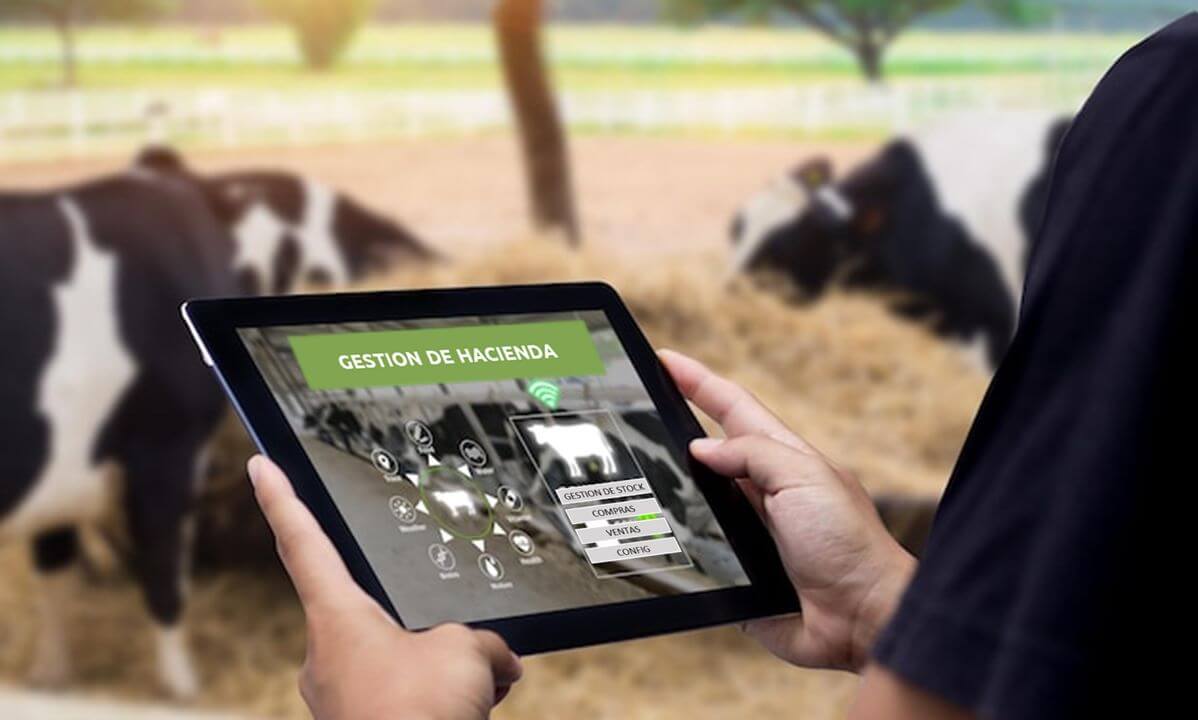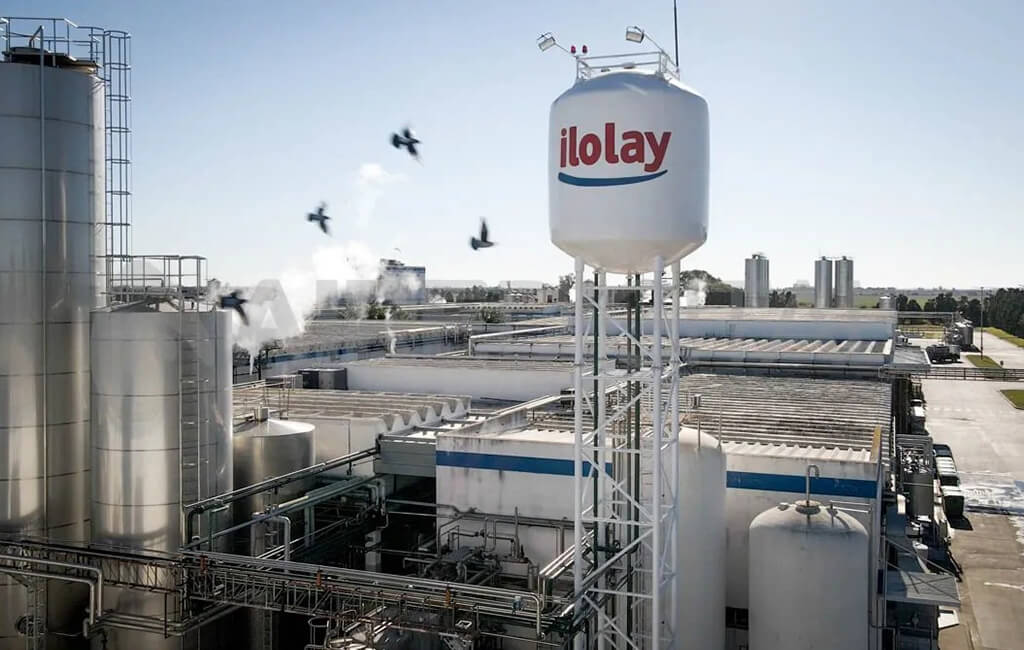
How can traditional management coexist with experiences where collaboration and self-management are key? In an ever-changing environment, this world-renowned food industry leader successfully implemented agility across diverse projects to support its evolution.

When talking about Arcor, we are referring to a benchmark in the food industry. Over 70 years ago, it set a precedent with its candy production, becoming the world’s leading producer of hard candies. Arcor’s presence in people’s daily lives and its major role in the sector are undeniable. Its years in the market and its sustained growth over time speak for themselves.
One of the first words that comes to mind when we think of Arcor is “leadership,” which is only possible through a long-standing track record of doing things well, very well. This renowned company was founded in Argentina (in Arroyito, Córdoba) and has grown across Latin America as a leading company in the production of candies, cookies, pastries, and cereals.
Innovation and a desire to pursue greater achievements have led Arcor to have a presence in over 100 countries through three business units: mass consumption food products, agribusiness, and packaging. This is only possible when a company has a clear purpose: to work in the present with an eye on the future.
Accessibility for the population, product quality as a flagship, sustainable management to ensure longevity, and respect for the planet are the cornerstones of a company that began telling its success story decades ago.
From its inception, decision-making at Arcor had generally been top-down, especially in the technology sector, where traditional management and waterfall methods predominated. In this context, results of technology transformation projects were only seen at the end, during testing, when compared to the original expectations.
Despite how entrenched these methods were and the comfort of working with tried-and-true models, in recent years, teams dared to try new things and carried out a few isolated experiences with Scrum-based agility, as well as a few “bottom-up” initiatives that didn’t fully materialize. Alongside these budding attempts to apply agility, the company’s packaging and agribusiness units experienced exponential growth, while new companies were being added to the group. This was undoubtedly a turning point that gave rise to new service demands and the need for a digital transformation to keep pace with the context and Arcor’s own evolution.

The challenge
So, how should Arcor address this new reality? Should the company uphold the belief that “winning formulas shouldn’t be changed,” or was it time to take on new challenges and take risks? Was it worth trying new approaches, even if they disrupted established practices, in order to meet the new demands?
Without a doubt, it was worth the effort. Achieving speed and flexibility in large-scale, strategic initiatives would trigger a new era of transformations. Several levers needed to be activated to set things in motion. On the one hand, it was crucial to consolidate the involvement of the IT Management team to find the best way to embark on the journey toward sustainable agility. At the same time, fostering the new mindset required strengthening the interaction between the Business and IT areas to achieve true synergy through mutual cooperation and commitment.
The solution
For changes to happen organically and be sustainable over time, it is essential to take a gradual approach, allowing teams to evolve and mature without being forced.
The central idea is to show that there is a different way of doing things—one based on communication, self-management, collaboration, and predictability among teams, all guided by a global vision. To achieve this, it is key to build trust within the departments so that they adopt agile strategies and integrate the tools necessary to manage their projects or teams’ recurring tasks. This is accomplished gradually, by showing tangible results that demonstrate the value each strategy adds.
To fully internalize the new mindset and make it second nature, it was necessary to establish a transformation team within the PMO itself, where Arcor and Axonier teams worked side by side on each new challenge. Some focused-on projects managed within the Scrum framework, where results quickly followed, such as the “Identity Federation” project within the Corporate Information Security Management division. Here, by acquiring a new tool, the team aimed to enhance identity validation security for accessing Arcor Group’s applications. Another success was the “Panorama” project, which involved the implementation of a tool for centralized management of Industrial Firewalls.
In other areas, Kanban was implemented to manage teams with continuous demand, based on understanding their workflow. Agile workshops served as catalysts to tangibly demonstrate what agility is and its principles. Dynamic practices and specific games were gradually incorporated. Along with this, the team’s Way of Working (WoW) challenged them to identify what to do, the context, and the direction to take. By focusing on diagnostics, co-creation, and tracking an internal backlog with weekly deliverables, the short-term impact was prioritized, with concrete results delivered each week.
The result
The new agile mindset began as a curiosity but soon became organically and sustainably embedded in Arcor’s transformation processes. Over the first year, the agile transformation team supported more than 15 teams in managing their projects using agile methodologies, developing products through facilitation, coaching, and mentoring in co-creation spaces. The foundation was laid, and the capacity was established for the future.
Subsequent discovery and product development projects with a UX focus followed, such as “Tokin,” “Micro-segmentation and Suggested Orders,” the implementation of evolutionary changes in management tools to enhance the employee experience spearheaded by the Planning and HR Management area, IT service migration, change management, and others.
The positive results were pivotal in sparking more interest in this new way of working across various areas of the company. Little by little, different departments began proactively requesting the integration of agility into their daily operations. Ultimately, it was about validating the journey: expanding agility across diverse projects and challenges. At this point, trust, sponsorship of new ideas, and the ripple effect are crucial for a company that has always been eager to evolve.



















